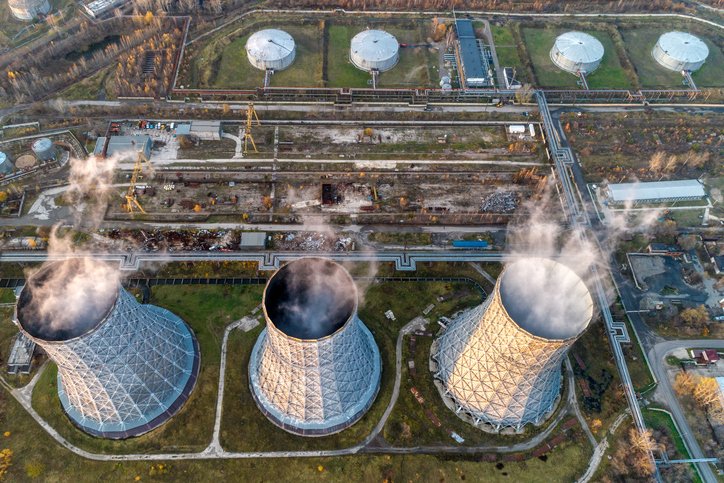EPA Must Consider Cost When Regulating Power Plants
This week, in Michigan v. E.P.A., 576 U.S. 743, 135 S. Ct. 2699, 192 L. Ed. 2d 674 (2015), the U.S. Supreme Court reigned in the Environmental Protection Agency, determining that EPA acted unreasonably in failing to consider costs when formulating the 2012 Mercury and Air Toxics Standards Rule. This decision by the Supreme Court is an important win for the electric generating industry and provides more fuel to challenge EPA’s Clean Power Plan in the future.
Section 112(n)(1)(A) of the Clean Air Act authorizes EPA to regulate electric utility steam generating units (EGUs) after conducting studies on the hazards of power plant emissions to public health, “if the Administrator finds such regulation is appropriate and necessary.” 42 U.S.C. § 7412(n)(1)(A) (emphasis added).
After a typically tortured history, EPA promulgated the 2012 Mercury and Air Toxics Standards (“MATS”) because it determined both that mercury and other air pollutants from power plants posed a risk to human health and the environment and controls were available to reduce those emissions. EPA, however, determined not to consider cost when assessing whether regulation was “appropriate and necessary.” EPA estimated that MATS regulation would cost power plants $9.6 billion per year, and that the benefits were worth $4 to $6 million per year. Even despite the cost to power plants being “1,600 and 2,400 times as great as the quantifiable benefits from reduced emissions of hazardous air pollutants,” EPA promulgated the MATS Rule anyway.
The Supreme Court, in an opinion authored by Justice Scalia, determined that EPA was required to consider costs when assessing whether the regulations were “appropriate and necessary.” The EPA “chose to read [42 U.S.C. § 7412(n)(1)(A)] to mean that cost makes no difference to the initial decision to regulate.” But federal agencies must engage in “reasoned decisionmaking” which includes a “logical and rational” process in reaching their results. And while agencies are entitled to some deference when resolving ambiguity in statutes the agency administers, agencies must nonetheless “operate within the bounds of reasonable interpretation.”
The Supreme Court concluded that “EPA strayed far beyond those bounds when it read § 7412(n)(1) to mean that it could ignore cost when deciding whether to regulate power plants.” Rather, “appropriate and necessary,” as defined by the Supreme Court “plainly subsumes consideration of cost.” As a result, the Supreme Court held that EPA “must consider cost—including most importantly, the cost of compliance—before deciding whether regulation is appropriate and necessary.”
Bill Cobb presented oral argument to the United States Court of Appeals for the D.C. Circuit, representing industry, challenging EPA’s 2012 Mercury and Air Toxics Standards rules in White Stallion Energy Center, LLC v. EPA, the industry challenge that led to the Supreme Court’s decision in Michigan v. EPA.

